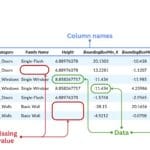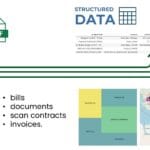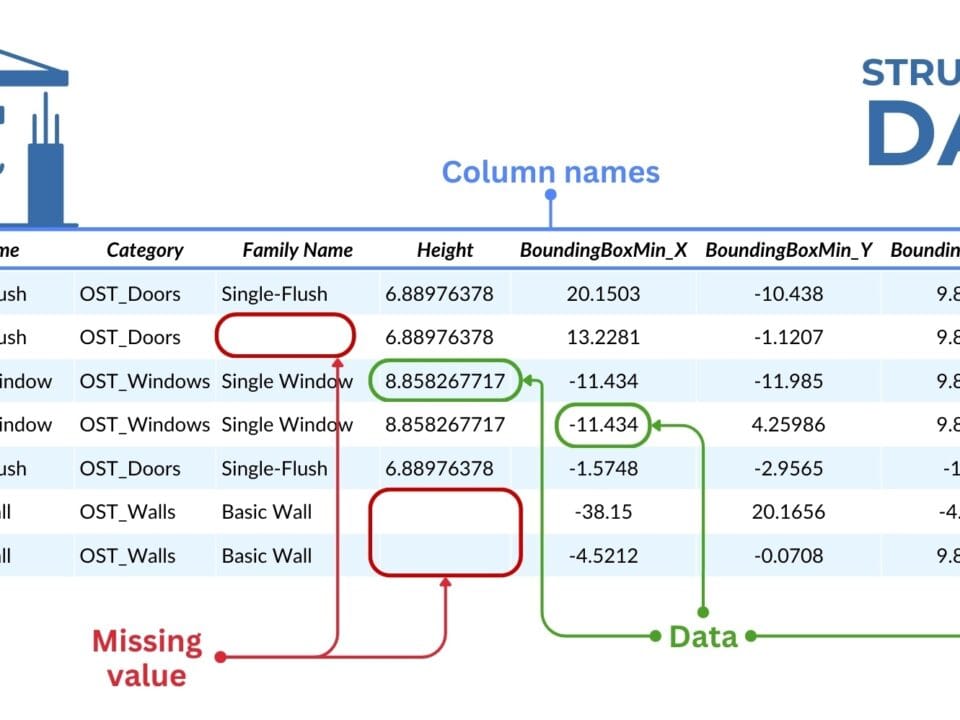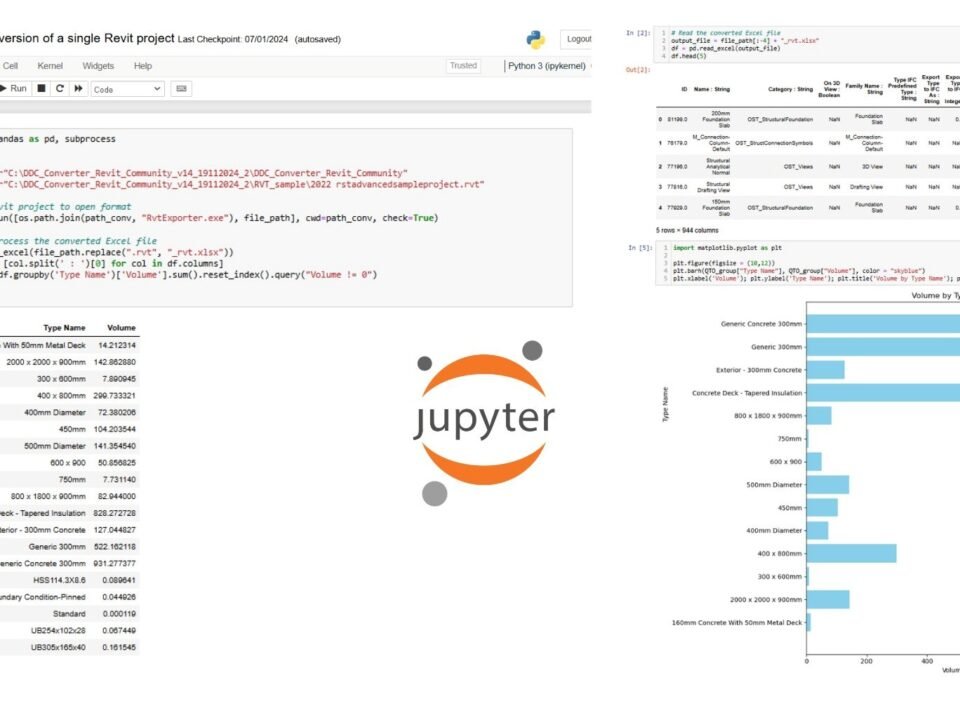In this part, we reviewed the key types of data used in the construction industry, got acquainted with different formats of their storage and analyzed the role of modern tools, including LLM and IDEs, in information processing. We have seen that effective data management is the foundation for informed decision making and business process automation. Organizations that are able to structure and organize their data gain a significant competitive advantage in the stages of data processing and transformation.
To summarize this part, it is worth highlighting the main practical steps that will help you apply the discussed approaches in your daily tasks:
Audit the data in your processes
- Make an inventory of all the data types you use in your projects
- Determine which data types and models are most critical to your business processes
- Identify problem areas where information remains often unstructured, poorly structured or inaccessible
Start forming a data management strategy
- Raise policy issues and standards for dealing with different data types
- Analyze which of your workflows can be improved by converting unstructured data into structured data
- Create a data storage and access policy that takes security and privacy into account
Install and master basic tools for working with data
- Choose a suitable IDE that matches your tasks (e.g. install VS Code or Jupyter Notebook)
- Try setting up a local LLM to handle your personal data confidentially
- Start experimenting with the Pandas library to process XLSX tabular data
- Describe to the LLM the typical tasks you handle in spreadsheet tools or databases and ask the LLM to automate the work using Pandas
Applying these steps will allow you to gradually transform your approach to working with data, moving from disparate, unstructured data sets to a unified ecosystem where data becomes an accessible and understandable asset. Start small – create your first DataFrame in Pandas, start a local LLM, automate your first routine task using Python (e.g. Excel spreadsheets).
The fourth part of the book will focus on data quality, data organization, structuring, and modeling. We will focus on methodologies that transform disparate data sources – from PDFs and texts to images and CAD models – into structured data sets suitable for analysis and automation. We will also explore how data requirements are formalized, how conceptual and logical models are built in construction projects, and how modern language models (LLMs) can help in this process.






















